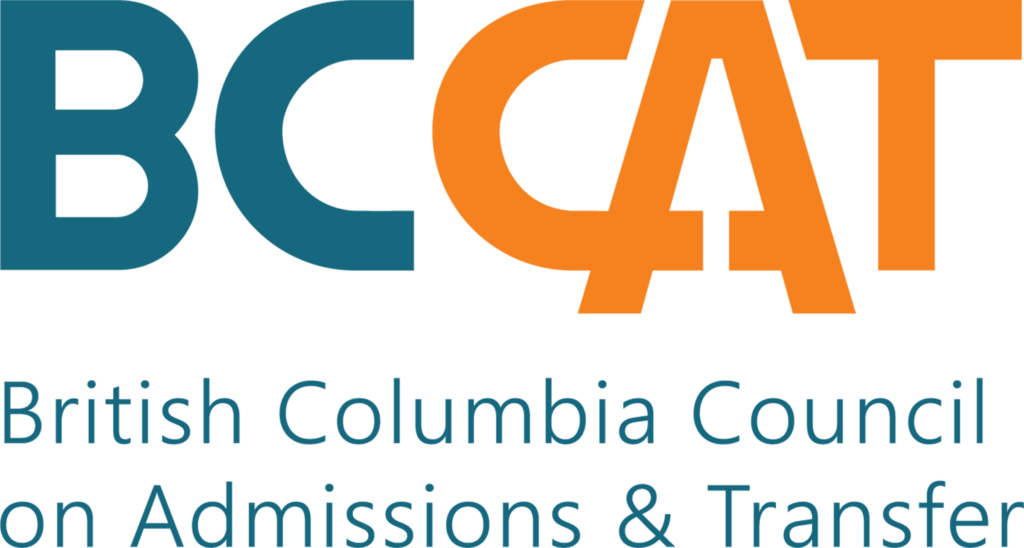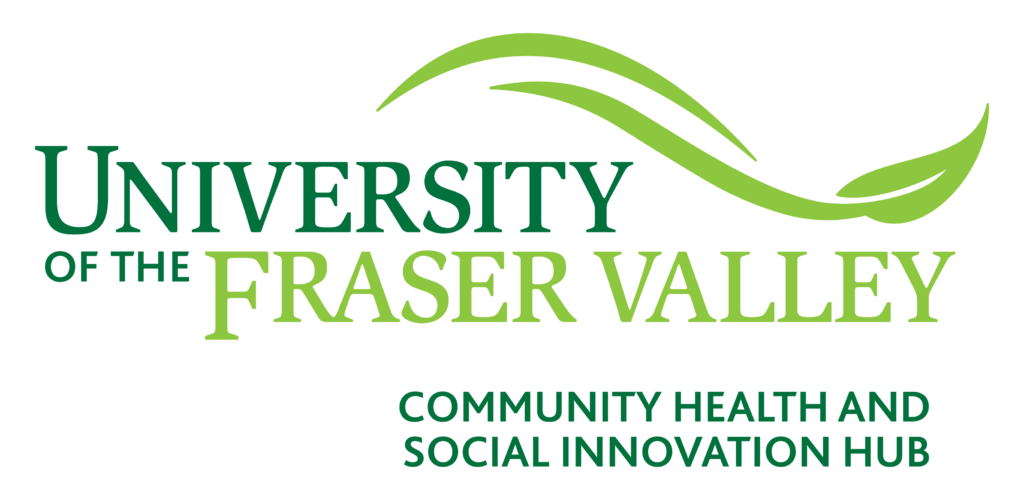Delivery Preferences:
Student Surveys and Institutional Responses
21
Organizations
≈100k
Students
41
Reports
Literature Review
Literature Review
This literature review looks at existing articles and documents to help provide context and an understanding of work that has already been done on the topic of recent changes in post-secondary instructional modes and students’ preferences regarding course modalities.
Recent Changes in Instructional Modes
Historically, the post-secondary learning environment has primarily consisted of in-person classes. However, the impacts of the COVID-19 pandemic necessitated a shift to emergency remote learning, reshaping traditional classroom dynamics and prompting institutions to adapt at a rapid pace. The transition to emergency remote learning presented challenges such as technological limitations and access issues, among others (Houlden & Veletsianos, 2022). These barriers were particularly pronounced during the early phases of the COVID-19 pandemic and have since largely been addressed allowing for greater use of online learning in a “post-pandemic” landscape.
A key shift in post-secondary education since the COVID-19 pandemic is the increase of hybrid models of course delivery, which combine both in-person and online learning. These hybrid approaches offer students greater flexibility by allowing them to choose the format that best suits their learning style and preferences as well as personal circumstances. In particular, hybrid learning seems to strike a balance between the benefits of in-person interactions (e.g., direct feedback, social connection, and hands-on learning) and the flexibility and convenience of online education (Triyason et al., 2020).
Overall, the transition from solely in-person to a more flexible, hybrid model of education represents a significant shift in post-secondary learning. While the initial move to online learning during the COVID-19 pandemic was driven by necessity, the evolving “post-pandemic” landscape offers a unique opportunity to rethink how post-secondary education can be delivered in ways that meet diverse student needs and preferences.
Student Preferences Regarding Course Modalities
As the world was shifting from the COVID-19 online learning environment into the new landscape of hybrid learning, one study asked students to compare online and face-to-face learning, to determine what modality students believed was the most beneficial in their professional development. Interestingly, 38.7% of participants favoured face-to-face education, while 34.3% preferred online education and 27% felt that both modalities were equally beneficial (Stoian et al., 2022). These findings reveal a balanced mix regarding course modality preferences.
However, a different study found that student preferences regarding course modality often differs depending on the type of student queried. For example, Gardner et al. (2021) found that a variety of characteristics impact adult learners’ choices when registering for courses. More specifically, they found that younger adults are less likely to be enrolled in an online program than older adults. Further, adult learners enrolled in full-time work and full-time school are more likely to be enrolled in online programs (Gardner et al., 2021). This study further explored the impacts of other characteristics such as gender, marital status, dependent children, and so forth on course modality preferences.
Further, a variety of factors influence student course modality preferences. Some of these factors were discussed in O’Neill et al.’s (2021) study which allowed participants to describe their course modality preferences in their own words. Some of the key factors which influenced participants’ preferences regarding course modality included convenience of schedules, travel time, the influence of motivation and self-regulation, and the importance of the campus environment, among others. More specifically, O’Neill et al. (2021) revealed some of the following major findings:
- Students enjoy the convenience of asynchronous classes.
- Students discussed the importance of in-person presence as an integral component of post-secondary learning.
- Students factored travel time into their decisions when choosing various course modalities.
- Students discussed online courses as having a negative impact on motivation and self-regulation.
- Students favoured the positive experience of being involved in the campus environment.
Finally, one study asked students what aspects of online learning they would like to continue being able to access in face-to-face learning environments. A large representation of students highlighted that online educational resources such as recorded lectures were a benefit brought about through COVID-19 that they would like to continue having access to (Stoian et al., 2022).
References
Gardner, A. C., Maietta, H. N., Gardner, P. D., & Perkins, N. (2021). Online postsecondary adult learners: An analysis of adult learner characteristics and online course taking preferences. American Journal of Distance Education, 36(3), 176–192. https://doi.org/10.1080/08923647.2021.1928434
Houlden, S., & Veletsianos, G. (2022). A synthesis of surveys examining the impacts of COVID-19 and emergency remote learning on students in Canada. Journal of Computing in Higher Education, 34, 820–843. https://doi.org/10.1007/s12528-022-09323-4
O’Neill, D. K., Reinhardt, S., & Jayasundera, K. (2021). What undergraduates say about choosing an online or in-person course: qualitative results from a large-sample, multi-discipline survey. Higher Education Research & Development, 41(4), 1199–1214. https://doi.org/10.1080/07294360.2021.1896484
Stoian, C., Fârcasiu, M. A., Dragomir, G., & Gherhes, V. (2022). Transition from online to face-to-face education after COVID-19: The benefits of online education from students’ perspectives. Sustainability, 14(19). https://doi.org/10.3390/su141912812
Triyason, T., Tassanaviboon, A., & Kanthamanon, P. (2020). Hybrid classroom: Designing for the new normal after COVID-19 pandemic. https://doi.org/10.1145/3406601.3406635

